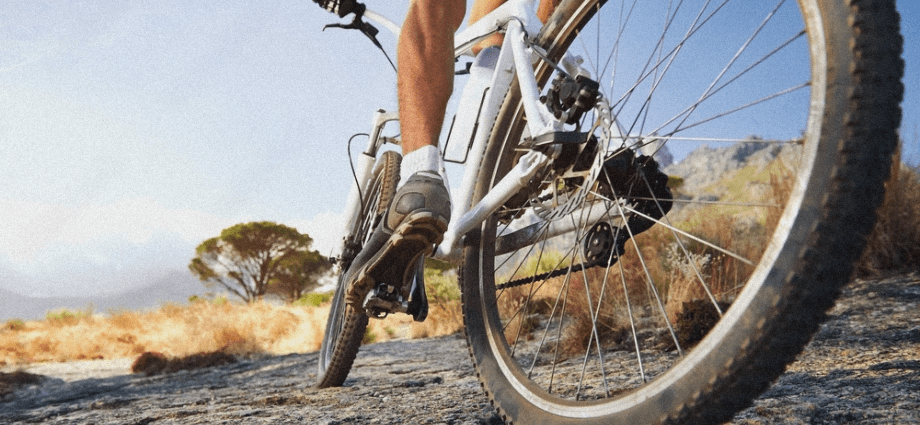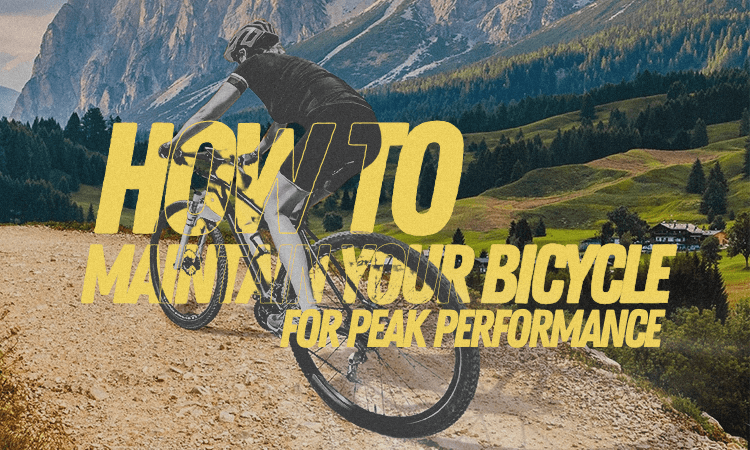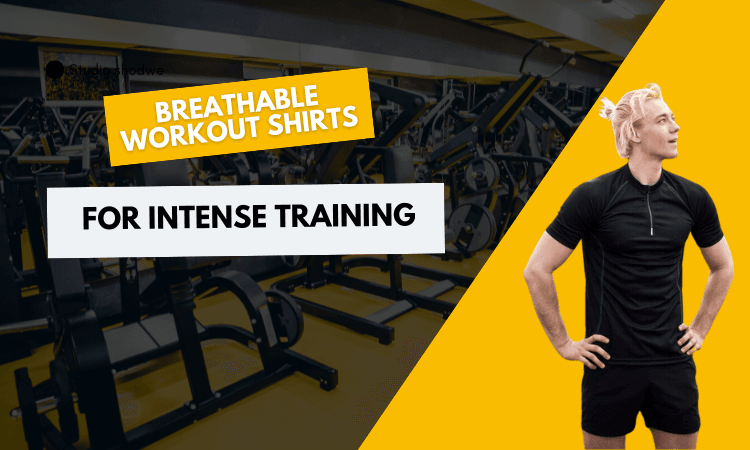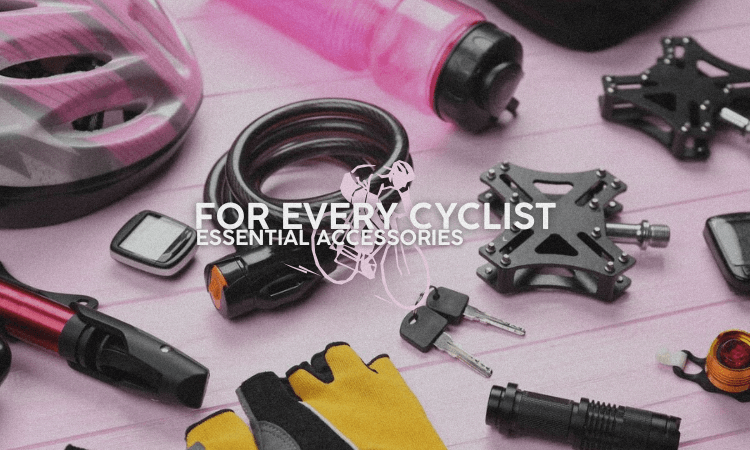Choosing the right bicycle can make a significant difference in your cycling experience. Whether you’re commuting, cycling for fitness, or exploring off-road trails, selecting the perfect bike depends on several factors. Understanding your cycling goals, the types of bicycles available, and key features will guide you in making the best choice. Here’s a simple guide to help you choose the right bicycle for your needs.
Understand Your Cycling Needs
The first step in choosing a bicycle is to assess how you’ll use it. Your cycling goals, the terrain you’ll ride on, and your fitness level will influence which bike is best for you.

Why Your Cycling Purpose Matters
The primary use of your bike will help narrow down your options. For example, if you’re focused on speed, a road bike might be the best fit. If you enjoy outdoor adventures, a mountain bike would be ideal. For versatile rides on both roads and light trails, a hybrid bike offers a good balance.
Consider Your Riding Environment
Where you plan to ride plays a big role in the bike you choose. For example, a lightweight road bike is best for smooth, paved roads, while a mountain bike is more suitable for rough, uneven terrain. A hybrid bike could be the right choice if you’ll ride in both urban and more rugged environments.
Types of Bicycles and Their Features
Different types of bicycles are designed to meet specific needs. Let’s look at the most common types and what they offer.

Road Bikes: Speed and Efficiency
Road bikes are designed for cyclists who want to cover long distances quickly on smooth, paved roads. These bikes are known for their lightweight frames and narrow tires that minimize resistance.
- Trek Domane and Specialized Allez are two excellent options in the road bike category, offering comfort and performance for long-distance riders.
Road bikes are ideal if you’re looking to ride fast and far, whether for fitness or competitive purposes.
Mountain Bikes: Durability and Off-Road Capabilities
Mountain bikes are built for off-road cycling, designed to handle rough trails and uneven terrain. These bikes come with wider tires and often feature suspension systems to provide a smoother ride on bumpy surfaces.
- Cannondale Trail and Giant Talon are two great mountain bike models, known for their durability and excellent performance on rocky trails.
If you enjoy off-roading or plan to cycle on mountain paths, a mountain bike is the way to go.
Hybrid Bikes: Comfort and Versatility
Hybrid bikes are a combination of road and mountain bikes, designed for people who want a comfortable and versatile ride. They are great for cycling on both paved roads and light off-road paths.
- Schwinn Discover and Specialized Sirrus are popular hybrid bike models, offering a mix of comfort and efficiency for everyday riding.
A hybrid bike might be the best choice if you need a bike for commuting or casual rides on a variety of surfaces.
Electric Bikes: Power-Assisted Cycling
Electric bikes (e-bikes) come with a motor that helps with pedaling, making them perfect for long rides or hilly areas. E-bikes are ideal for people who need assistance with pedaling, whether due to fatigue or simply wanting to save energy.
- Rad Power Bikes and Trek Super Commuter+ are well-regarded e-bikes known for their solid motor performance and reliable battery life.
If you’re looking for a bike that can help you tackle long distances or steep hills with less effort, an electric bike is an excellent option.
Key Features to Consider
When choosing a bike, it’s important to consider key features like frame material, gearing system, and brakes to ensure the bike fits your needs.

Frame Material and Weight
The material of the frame determines the bike’s weight, durability, and overall price. Aluminum is lightweight and affordable, commonly used in road bikes. Carbon fiber is lighter and stronger, found in high-end models, while steel frames are sturdy and often used in mountain bikes. For a bike that offers a balance of weight and durability, aluminum or steel may be your best bet.
Gearing System
Gears are essential for adjusting resistance based on the terrain. If you’re riding on hilly terrain, more gears will make it easier to tackle inclines. Derailleur gears are common and provide a wide range of gears, making them suitable for road and mountain bikes. Internal hub gears, which require less maintenance, are often found in hybrid bikes and are ideal for casual riding on flat terrain.
Brakes: Disc vs. Rim
Brakes are crucial for safety, and there are two main types to consider: disc brakes and rim brakes. Disc brakes provide more stopping power, especially in wet or muddy conditions, and are commonly found on mountain and hybrid bikes. Rim brakes, which are lighter and more affordable, are typically used on road bikes but may not perform as well in rainy weather.
Getting the Right Fit
A proper fit is essential for comfort and performance. If the bike is too big or too small, it will be uncomfortable and inefficient to ride.
Frame Size and Geometry
The right frame size depends on your body measurements, particularly your inseam and torso length. Road bikes typically have a more aggressive geometry with lower handlebars, while mountain bikes and hybrid bikes tend to have higher handlebars for a more upright riding position. Make sure to test ride the bike to see how it feels.
Saddle and Handlebars
The saddle and handlebars play a significant role in comfort. Road bike saddles are usually narrower and more lightweight, while mountain bike saddles are often wider for added comfort on rough trails. The handlebar height also varies between bike types. Road bikes generally have lower handlebars, while mountain bikes and hybrids feature higher handlebars for a more relaxed posture.
Budgeting and Additional Accessories
When purchasing a bike, consider your budget and the accessories you’ll need to enhance your riding experience.
Determine Your Budget
Bikes come in a wide range of prices, so it’s important to set a budget. Entry-level bikes typically cost between $300 and $600, while mid-range models range from $600 to $1,200. High-end bikes can cost over $1,500, especially for specialized features like lightweight frames or advanced suspension systems.
You can find quality bikes from brands like Schwinn and Giant within a budget-friendly price range, or opt for a premium bike from Specialized or Trek for more advanced features.

Must-Have Accessories
In addition to the bike itself, there are several accessories you’ll need to improve safety and convenience. A helmet is a must-have for protection, with brands like Bontrager offering comfortable options. A bike lock from Kryptonite is essential for securing your bike, especially if you’ll be leaving it outside. Consider adding lights for visibility, and a reliable pump to keep your tires in good shape.
Conclusion
Choosing the right bicycle for your needs is a process that requires understanding your goals, the terrain, and the type of bike that will best suit your riding style. Whether you’re commuting, off-roading, or cycling for fitness, make sure to consider the frame material, gearing system, brakes, and fit before making your decision. Testing different bikes will help you find the perfect match. With the right bike, you’ll enjoy every ride, whether it’s a quick trip around the city or an adventurous journey on a mountain trail.



